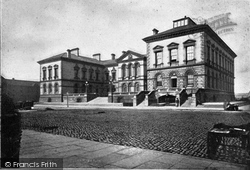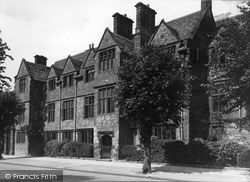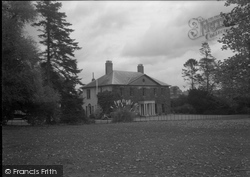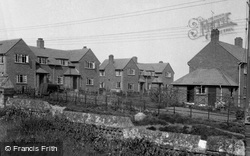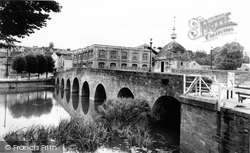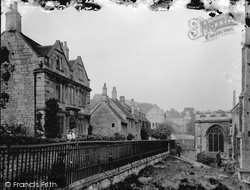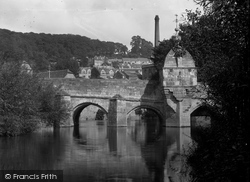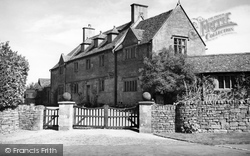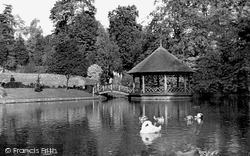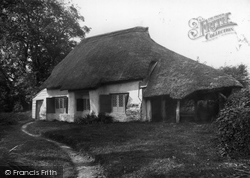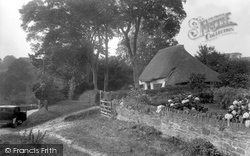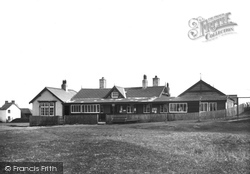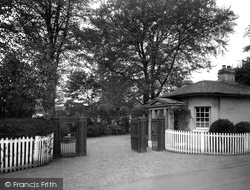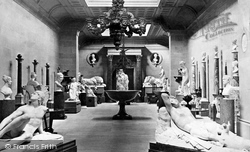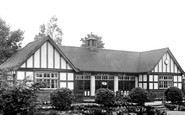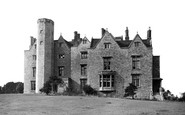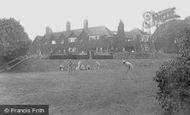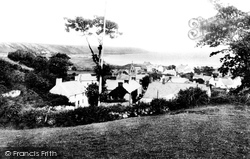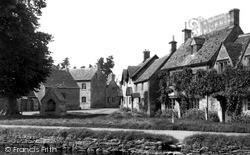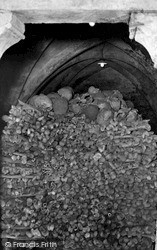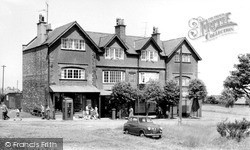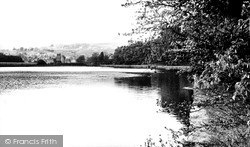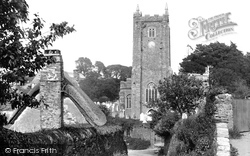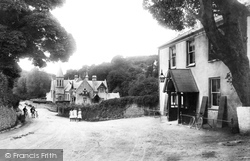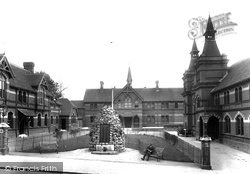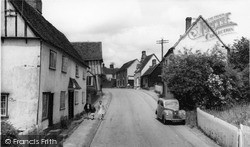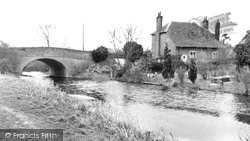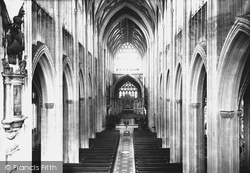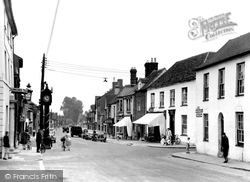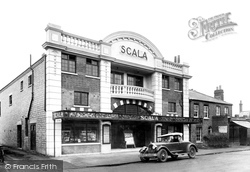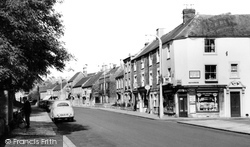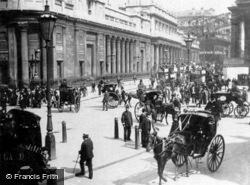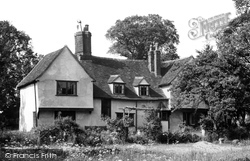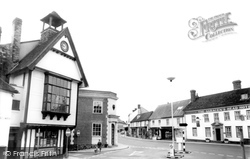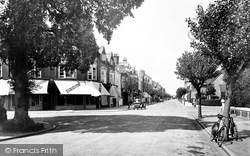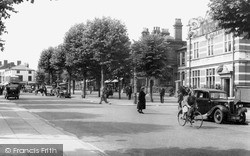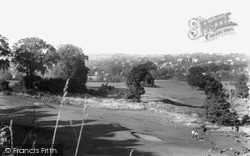Places
36 places found.
Those places high-lighted have photos. All locations may have maps, books and memories.
- Chatsworth House, Derbyshire
- Osborne House, Isle of Wight
- Brambletye House, Sussex
- Ickworth House, Suffolk
- Kingston Lacy House, Dorset
- Boscobel House, Shropshire
- Preshute House, Wiltshire
- Bolton Houses, Lancashire
- Brick Houses, Yorkshire
- Quaking Houses, Durham
- Water Houses, Yorkshire
- Bottom House, Staffordshire
- New House, Kent
- Mite Houses, Cumbria
- Lyneham House, Devon
- Church Houses, Yorkshire
- Dye House, Northumberland
- Spittal Houses, Yorkshire
- Street Houses, Yorkshire
- Tow House, Northumberland
- Halfway House, Shropshire
- Halfway Houses, Kent
- High Houses, Essex
- Flush House, Yorkshire
- White House, Suffolk
- Wood House, Lancashire
- Bank Houses, Lancashire
- Lower House, Cheshire
- Marsh Houses, Lancashire
- Chapel House, Lancashire
- Close House, Durham
- Guard House, Yorkshire
- Hundle Houses, Lincolnshire
- Hundred House, Powys
- Thorley Houses, Hertfordshire
- School House, Dorset
Photos
6,747 photos found. Showing results 2,641 to 2,660.
Maps
370 maps found.
Books
Sorry, no books were found that related to your search.
Memories
10,362 memories found. Showing results 1,321 to 1,330.
Childhood Memories Of Belchamp Walter
I was born in 1953 and lived at Largess Farm in Belchamp Walter. My surname then was Branwhite.My father was Fred Branwhite, a farmer. I went to the village school whenIi was 5 years old. It was a small ...Read more
A memory of Belchamp Walter in 1953 by
Wolverhampton Street Community
Wolverhampton Street seemed to almost be a village on its own. There was Burgins and Bytherways newagents, Masseys wet fish shop, Davis's grocers, Smiths greengrocers, Sherratts electrical, Bryans diy, Robinsons cakes, ...Read more
A memory of Dudley by
Gods Little Corner
I first went to Streatley in 1965 where I started to court my wife whose name was Susan Adams then. We used to go for walks over Sharpenhoe Clappers and come back to the Chequers Pub and see Hilda and her ...Read more
A memory of Streatley in 1966 by
Wonderful Memories
We moved Middleton Stoney in 1954 from Weston on the Green (the lay-by transport cafe and garage). We lived in Ardley Road, in the brick house next to PA Turneys and opposite the Jersey Arms. The Varneys lived next door. ...Read more
A memory of Middleton Stoney in 1954 by
The Wrekin
In the 50s/60s we would go and spend the day on the Wrekin. We would cycle from our home on Charlton Hill and leave our bikes at the Forest Glen (no need to lock them up) and make our way up the first part of the climb which was quite ...Read more
A memory of Donnington by
Moving Here
Moved here to Rossington back in 1979. Lived at 42 Streatfield Cres, the end house. I rented the house from the N C B but a year later was offered to buy it from them. I paid one thousand 800 pounds for it, the morgage was 12 ...Read more
A memory of Doncaster in 1979 by
The Beacons Cemaes Bay
I moved to Cemaes to a house called the Beacons; the views from the front room were fantastic - on a clear day you could see the Isle of Man, and in winter the waves would hit the windows and would be caked in salt. We ...Read more
A memory of Cemaes Bay in 1972 by
Born & Bred In Aberfan
I was born in 1937 and with the outbreak of WWII lived with my grandparents, Ollie and Maggi Owen, at 29 Cottrell Street, Aberfan, while my father served in the army. My parents were Roy and Ada Taylor, and after the war my dad ...Read more
A memory of Aberfan in 1950 by
Ww2 Memories At St.Catherine's
I boarded at St. Catherine's from 1942 until 1948, which I believe was connected to Middlesex County Council during that time. I was 3 years old when I started, my home was in Victoria Square, Clifton and my parents ...Read more
A memory of Almondsbury in 1942 by
Looking For Photos Of Hill Lodge
My family lived in a house that I thought was in the devils punchbowl in Hindhead. We lived there late 60's early 70's. I could be mistaken as I was only 7 years old. I believe it was called Hill Lodge. It was off ...Read more
A memory of Hindhead in 1969
Your search returned a large number of results. Please try to refine your search further.
Captions
6,914 captions found. Showing results 3,169 to 3,192.
Keay House—on the right—was home to Basildon Urban District Council from 1960 to 1965. It took its name from Sir Lancelot Keay, the first chairman of Basildon Development Corporation.
In the 15th century the cave was put to use as a smugglers' den before it was later converted into a pigeon house.
Lower Slaughter is best visited on a crisp winter's day, when the stream is full and the houses stand clear against the morning sun.
In it he found a vaulted 13th-century ossuary, or charnel house, containing the bones from over 1500 human skeletons from the graveyard. They remain there, neatly stacked.
This view shows that the houses are still few and far between, and the village, known as 'the town that never was', remains much the same now.
A former boat house was demolished before this picture was taken. The lake is still open to the public for fishing.
The north aisle has stained glass by Augustus Pugin, who designed the decoration of the Houses of Parliament.
Sheep Street, possibly Ship Street or Cheap Street, is shown here a hundred years ago, with most of the houses still intact today.
This was a popular coaching inn; it has since been renamed the Gower Inn to reflect its new-found function as a public house.
The Mechanics' Institute building now houses the Curtis Museum.
Stebbing, strung out along a mile-long road, has a fine collection of old buildings: the house with the leaning frontage is late 15th-century, the other cottages slightly later.
The photograph shows Colt Hill Bridge and the rear of The Bridge House.
The church houses some interesting artefacts, including what is purported to be a rib from the Dun Cow, said to have been slain by that old-fashioned homicidal maniac, Guy of Warwick; it is, in fact, a
The houses on the right were demolished to improve the junction with Calcutt Road, but little else has changed. The 1897 Diamond Jubilee clock tower survives outside The Vale pub.
The ornately designed building is a vivid reminder of the days, long before the television and video age, when every town in the country had a picture house, or 'flea pit' as they were sometimes known.
Shugborough Hall, Lord Lichfield's house, is behind the trees to the left; the small building on the towing path is now a craft shop.
In the distance stands the ancient Pack Horse Inn. The ivy-clad house is now the Conservative Club, whilst the shops remain relatively unchanged.
This view looks from the Mansion House balcony to the Bank of England.
During the 20th century, the farm became the Old Plough House Refreshment Rooms. It is still a well-known restaurant in this low- lying fenland area.
Dunmow ceased to be a borough in 1885, and the building has since housed various commercial enterprises.
Gracie Fields once lived in Connaught Avenue in a house called 'Tinkerbell'.This view is little changed today, although the Avenue is no longer almost devoid of traffic.
The building on the right was erected in 1922 to house the Redditch Benefit Building Society (founded in 1859).
Though still fairly well-endowed with trees in the 1950s, the slopes were vanishing under the housing developments of Tarpots and New Thundersley.
The Chantry Café probably occupies the site of the priest's house.
Places (80)
Photos (6747)
Memories (10362)
Books (0)
Maps (370)




